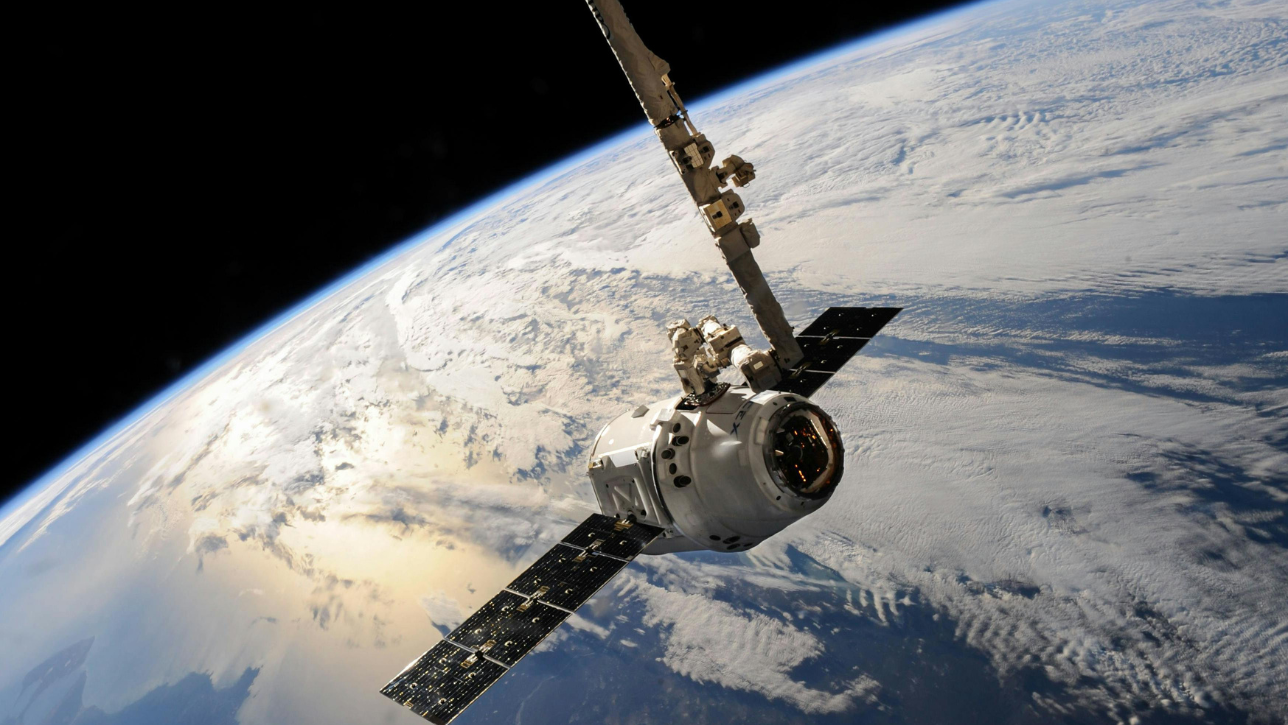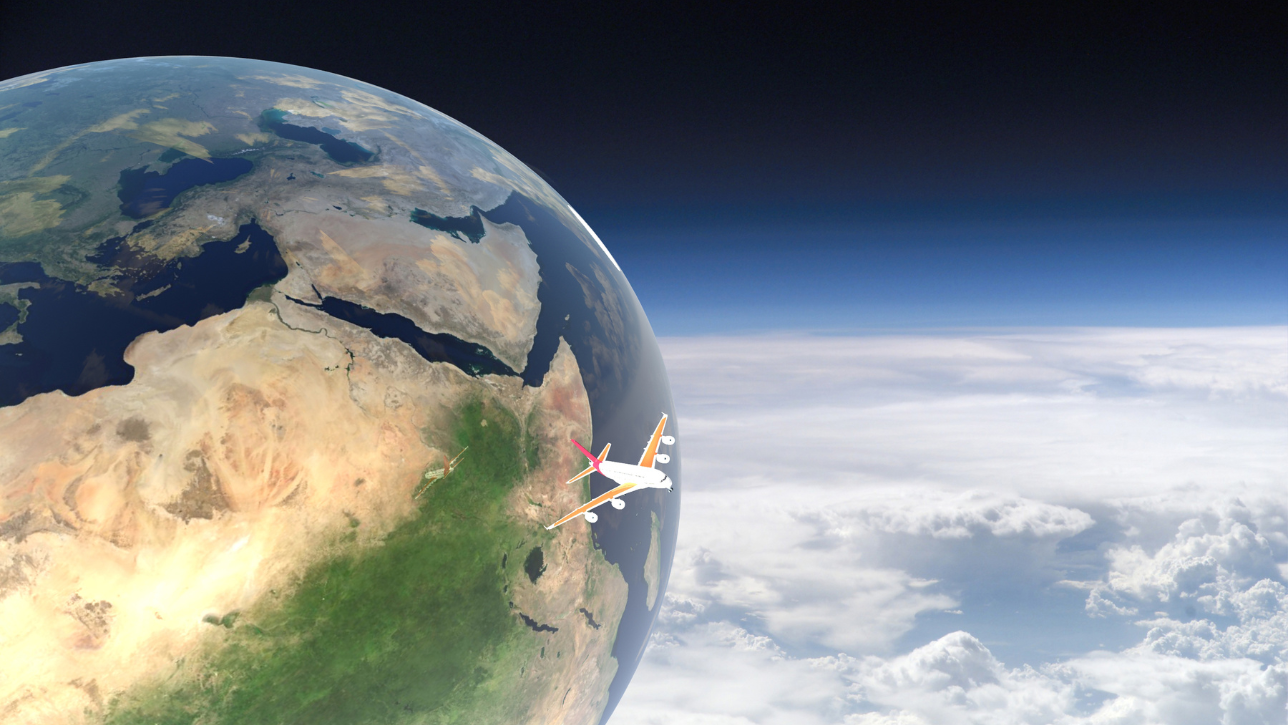
As we progress through 2025, space tourism has evolved from science fiction into a tangible reality. Private companies are launching regular flights beyond Earth's atmosphere, wealthy adventurers are experiencing weightlessness, and the infrastructure for civilian space travel is rapidly developing. This comprehensive guide examines the current state of commercial Space Tourism 2025, the leading companies, booking processes, and what the future holds for everyday travelers hoping to reach the stars.

What exactly is space tourism?
Space tourism encompasses recreational travel experiences that take passengers beyond Earth's atmosphere. These journeys typically fall into two categories:
Suborbital flights: Brief experiences lasting 10-15 minutes where passengers cross the boundary of space, experience weightlessness for 3-5 minutes, and witness Earth from above
Orbital missions: Longer journeys where spacecraft enter Earth's orbit, potentially lasting days or weeks with extended zero-gravity experiences
Unlike traditional government-sponsored space programs, today's commercial space travel industry is driven by innovative private companies competing to make the cosmos accessible to non-astronauts, though initially at premium prices.

Why 2025 represents a breakthrough year for space tourism
This year marks a pivotal moment in commercial space travel development for several key reasons:
Multiple companies conducting regular scheduled flights rather than just test missions
Increased flight frequency creating economies of scale
Enhanced safety records building public confidence
Growing media coverage generating mainstream awareness
Initial price decreases as technology matures
Development of supporting industries (training, insurance, hospitality)
These factors collectively indicate that space tourism 2025 is transitioning from experimental to operational, though still in its early commercial phase.

Leading space tourism companies in 2025
Three major corporations currently dominate the commercial space tourism landscape, each with distinct approaches and offerings:
1. SpaceX: Pioneering Orbital Tourism
Founded by Elon Musk, SpaceX has revolutionized spaceflight with its reusable rocket technology. While primarily focused on Mars exploration and satellite deployment, the company's Starship program is preparing for:
Orbital tourism missions carrying up to 100 passengers
Potential lunar flybys for private clients
Eventually, multi-day stays in Earth orbit
SpaceX has already conducted private astronaut missions to the International Space Station, positioning itself as a leader in deep-space tourism experiences.
2. Blue Origin: Perfecting Suborbital Adventures
Jeff Bezos's space company has established itself as a premier provider of suborbital tourism flights with its New Shepard vehicle. Key features include:
Fully automated flights requiring no pilot
Journeys crossing the internationally recognized Kármán line (100km altitude)
Spacious cabin with enormous windows for Earth viewing
Approximately 10-11 minute experiences with 3-4 minutes of weightlessness
Blue Origin emphasizes reliability and safety, conducting regular passenger flights throughout 2025.
3. Virgin Galactic: Luxury Spaceplane Experiences
Richard Branson's approach utilizes a unique air-launched spaceplane system. Virgin Galactic offers:
Flights aboard the VSS Unity spaceplane
Launch from beneath a carrier aircraft before rocket ignition
Premium, hospitality-focused experience
Slightly longer flight duration than competitors
Training at dedicated spaceport facilities
Virgin Galactic targets high-net-worth individuals seeking a more gradual and luxurious introduction to space.

How to book your space tourism flight in 2025
For those seriously interested in becoming space tourists, the booking process has become more structured, though still exclusive. Current pathways include:
Direct registration: Visit the official websites of SpaceX, Blue Origin, or Virgin Galactic to join their waiting lists
Specialized travel agencies: Several luxury travel companies now offer comprehensive space tourism packages
Private concierge services: Ultra-high-net-worth individuals can access personalized booking assistance
Essential Considerations Before Booking
Potential space tourists should understand several crucial factors:
Current pricing: Suborbital experiences range from $250,000-$500,000, while orbital missions cost tens of millions
Physical requirements: Passengers must pass medical screenings and training programs
Time commitment: Pre-flight training can range from three days to several weeks
Insurance considerations: Special policies are required for space travel
Cancellation policies: These vary significantly between providers

The future landscape of commercial space tourism 2025
While current achievements are impressive, the industry has ambitious plans for expansion:
1. Orbital hotels and space stations
Private companies are developing dedicated orbital facilities that will allow for:
Multi-day stays in Earth orbit
Specialized accommodations with Earth viewing
Research opportunities alongside tourism
Possible by late 2020s or early 2030s
2. Lunar tourism opportunities
The Moon represents the next major frontier for space tourism:
Circumlunar missions (flying around the Moon without landing)
Potential lunar orbit stays
Eventually, short visits to the lunar surface
Timeline projections for late 2020s for initial missions
3. Mars and beyond
Long-term industry visions include:
Extended orbital journeys to other planets
Potential Mars flybys for extremely wealthy clients
Development of interplanetary transportation systems
Timeframe measured in decades rather than years

Challenges facing the space tourism industry you should know
Despite impressive progress, several significant obstacles must be addressed:
1. Accessibility and cost barriers
Current pricing limits access to ultra-high-net-worth individuals
Technology must mature further to reduce operational expenses
Economies of scale needed to bring down per-passenger costs
Potential for partial space experiences at lower price points
2. Safety and regulatory considerations
Spaceflight inherently involves risk management
International regulatory frameworks still developing
Insurance markets adapting to new industry needs
Medical standards and passenger screening protocols evolving
3. Environmental impact
Rocket launches produce significant carbon and particulate emissions
Research into more sustainable propellants ongoing
Carbon offset programs being developed for space tourists
Long-term sustainability crucial for industry growth
The commercial space tourism industry represents one of humanity's most exciting endeavors. While still exclusive, the foundations are firmly established for eventual broader access. The pioneering work of SpaceX, Blue Origin, and Virgin Galactic is transforming what was once exclusively available to professional astronauts.
For those who have dreamed of experiencing zero gravity or witnessing the stunning blue marble of Earth from above, that possibility grows closer each day. Though routine space vacations remain years away, the trajectory is clear: human access to space is expanding in unprecedented ways.
The space tourism 2025 has begun—and for those fascinated by the final frontier, there's never been a more exciting time to watch the stars.
📞 Contact and buy Way2go Travel SIM Today!
Website: https://way2go.vn
Hotline: 090.222.7715
Email: [email protected]
Enrich your travel experience while staying connected
